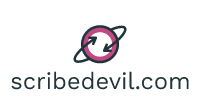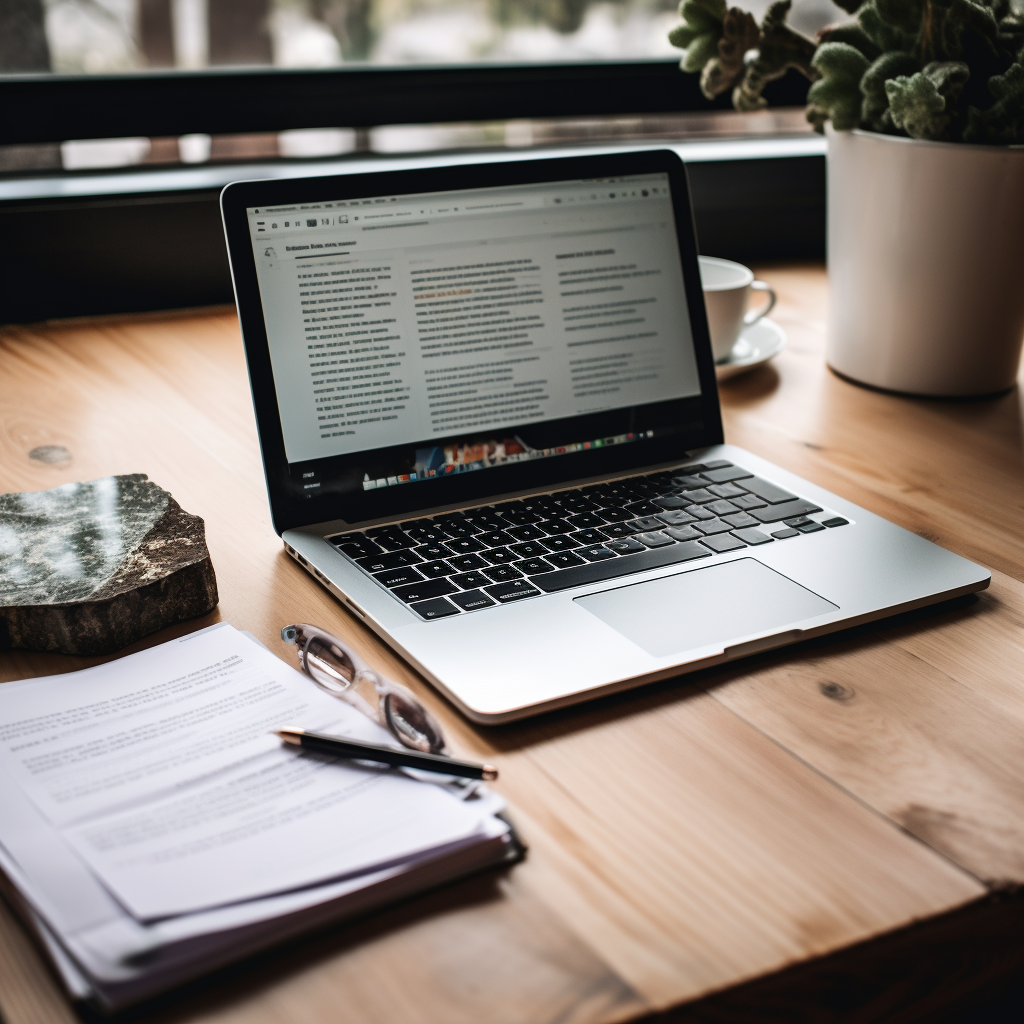Email newsletters remain one of the most powerful tools for businesses to engage with their audience. When done correctly, they not only inform but also convert readers into paying customers. The goal of this article is to provide a comprehensive guide on how to write compelling email newsletters that resonate with your target audience and boost conversions. By focusing on key elements like audience understanding, headline crafting, and personalized content, you can create email campaigns that achieve tangible results.
Understanding Your Target Audience
The foundation of any successful email newsletter campaign is knowing your audience. Without a clear understanding of who you’re writing to, your content will lack the focus needed to drive conversions. The first step is to thoroughly research and segment your subscribers. This involves identifying key characteristics such as age, gender, location, purchasing habits, and preferences. By breaking down your email list into smaller, more defined segments, you can tailor your message to each group’s specific needs and desires.
Once you have your audience segments in place, the next step is to create buyer personas or profiles of your ideal customers. These personas help humanize your audience, making it easier to write emails that speak directly to their needs. For example, a persona for a health and wellness company might include a busy professional who is interested in quick and healthy meal solutions. Understanding the pain points and goals of your audience helps you craft messages that feel personal and relevant.
Segmenting your audience also allows you to send more targeted content. Rather than sending a one-size-fits-all email, you can send a newsletter that is customized for each segment. This increases the likelihood of engagement, as recipients will find the content more relevant to their specific needs. The more relevant your content, the higher the chances your readers will take the desired action, whether that’s making a purchase, signing up for an event, or sharing the email with others.
Moreover, understanding the psychology of your audience is crucial for creating persuasive content. People respond differently to various triggers, such as urgency, exclusivity, or social proof. Knowing which psychological triggers resonate with your audience enables you to craft email newsletters that not only grab attention but also prompt immediate action. By mastering these psychological aspects, you significantly increase the chances of turning readers into loyal customers.
Crafting an Engaging Subject Line
The subject line is the gateway to your email. It determines whether your newsletter will be opened or ignored. With inboxes overflowing with promotional emails, a compelling subject line is essential to stand out. A well-written subject line should be concise, relevant, and offer a clear benefit or intrigue that encourages the recipient to click. For instance, a subject line like “Unlock 20% Off Your Next Purchase” offers immediate value, whereas “Discover Our New Fall Collection” teases curiosity.
To write a strong subject line, start by addressing the needs or interests of your audience. Ask yourself what would make them pause and open the email instead of scrolling past it. Highlighting exclusivity or urgency, such as “Last Chance to Save” or “Limited Spots Available,” can also be effective in grabbing attention. However, it’s important not to overuse these tactics, as doing so can lead to diminished trust if the sense of urgency is not genuine.
A/B testing is another critical method for improving your subject lines. By testing different versions of your subject line, you can determine what resonates best with your audience. You might find that personalization, such as including the recipient’s name or location, works better than a generic approach. Analyzing open rates for different subject lines can give you valuable insights into what types of headlines perform best for your specific audience.
Additionally, you should pay attention to email deliverability when crafting subject lines. Avoid words or phrases that may trigger spam filters, such as “free,” “money-back guarantee,” or excessive punctuation marks. Keeping your subject lines simple yet engaging ensures that your emails reach your readers’ inboxes rather than the dreaded spam folder. Remember, the subject line is your first and sometimes only chance to capture your audience’s attention, so make it count.
Structuring an Effective Email
An email newsletter should be structured in a way that is easy to read and understand. A clear and logical structure ensures that readers stay engaged throughout the message. Start with a captivating introduction that hooks the reader and clearly outlines what the email is about. Whether you’re offering a new product, promoting a sale, or sharing an informative blog post, make sure the introduction aligns with the subject line and provides immediate value.
- The body of your email is where you deliver the main message. This is the space to share the details of your offer, highlight key benefits, and include any necessary calls to action. Keep the paragraphs short, and break up the text with visual elements like images, bullet points, or bolded key phrases. This makes the email easier to scan, as most readers will skim the content before deciding whether to engage fully. A well-formatted email, with clearly highlighted points, enhances readability and drives home the message more effectively.
- In the conclusion, reinforce the call to action (CTA) and remind readers why they should take the next step. This could be signing up for a webinar, purchasing a product, or simply clicking a link to read more. Make sure the CTA is visible and straightforward, guiding the reader towards the desired action. Including a sense of urgency or exclusivity in the closing line, such as “Sign up today for early access” or “Offer ends soon,” can further motivate action.
- Don’t underestimate the power of visual elements in your emails. High-quality images, brand logos, and even GIFs can enhance the email’s appeal and keep readers engaged. Additionally, ensure that your email is mobile-optimized. With more than half of emails being opened on mobile devices, an email that isn’t responsive can result in a high bounce rate. Proper formatting, clean visuals, and an easy-to-follow structure contribute significantly to the success of your email marketing efforts.
Personalizing Your Content
Personalization is key to building a connection with your audience. Readers are more likely to engage with content that feels like it was written specifically for them. Thanks to data-driven marketing, you can now collect valuable insights about your subscribers—such as their browsing habits, previous purchases, or geographic location—and use that information to personalize your emails. For instance, sending tailored product recommendations based on past purchases can increase click-through rates and drive more sales.
A personalized email might start with addressing the subscriber by name, but it can go far beyond that. You can segment your email list based on different customer behaviors and send emails that are highly relevant to each group. For example, a fitness brand could send workout tips to active customers, while offering new subscribers a discount on their first purchase. This level of personalization makes the content feel more valuable and increases the likelihood of conversions.
Successful personalization extends to timing and frequency as well. Using data to determine when your audience is most likely to engage with your emails can boost open rates. Some subscribers may prefer weekly newsletters, while others might respond better to monthly updates. Testing different sending times and frequencies allows you to find the sweet spot that keeps your audience engaged without overwhelming them.
Finally, showcasing personalized success stories or testimonials in your emails can add a layer of social proof, further motivating readers to take action. If a subscriber sees how others, who are similar to them, have benefited from your product or service, they are more likely to see the value in your offer. This approach not only builds trust but also increases the emotional connection between the reader and your brand, making them more inclined to become loyal customers.
Also, we advise you to read our other article, where we talked about how copywriting helps.
FAQ
Audience segmentation divides subscribers based on characteristics like age, location, and preferences, allowing tailored content that resonates with specific needs. This personalized approach enhances engagement and drives conversions.
Buyer personas humanize your audience by highlighting their goals and pain points. This understanding helps create personalized email content that speaks directly to their needs, increasing relevance and connection with subscribers.
Knowing which triggers like urgency, exclusivity, or social proof resonate with your audience helps craft persuasive content. Effective use of these triggers in email newsletters grabs attention and encourages immediate action, improving the likelihood of converting readers into loyal customers.

